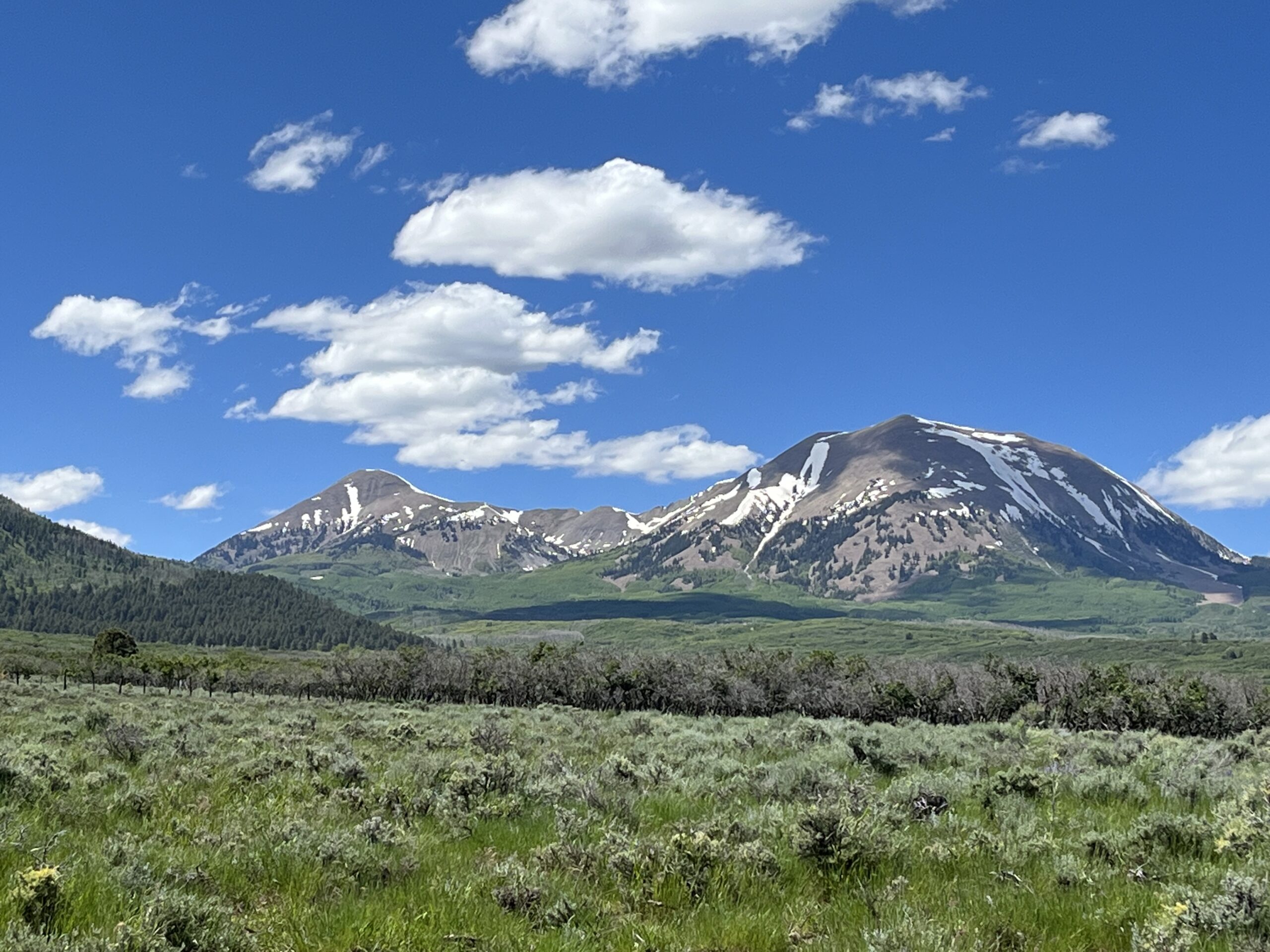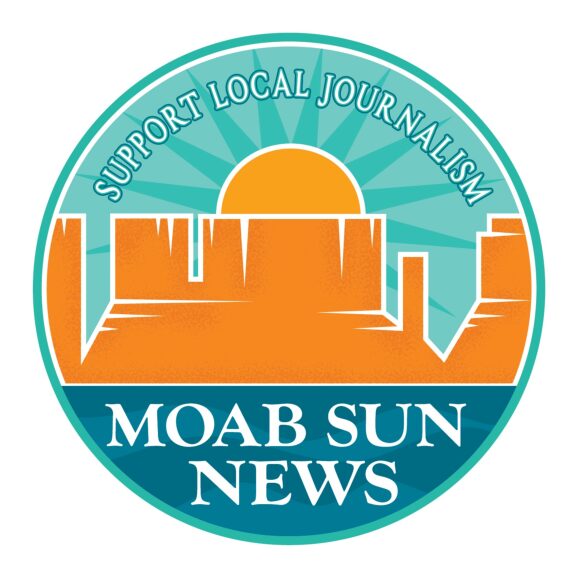As the last snow melts from the peaks and summer heats up Moab, the La Sal Mountains offer cool respite. According to Michael Engelhart, Moab District Ranger for the Manti-La Sal National Forest, there are some things you should know before heading up.
Popular activities and trails
Hiking trails around Warner Lake and Oowah Lake Campgrounds are the most populated. The Trans La Sal Trail via Geyser Pass Road is popular among hikers, bikers, and equestrians. Pole and Doe Canyon Trails are equestrian favorites because bike traffic is not allowed. The Geyser Pass Road and the Brumley Creek Motorized Routes are popular with ATV/UTV users. Heavy snow melt has caused road and trail damage so please be careful and report any downed trees, washouts, or other hazards to the Forest Service (435-259-7155).
Visitors love camping in the Moab Ranger District and the scenic beauty of the La Sal Loop Road. Swimming and fishing are popular at Warner and Oowah Lakes and Buckeye Campground. Mountaineering is popular as Mt. Peale at 12,721 feet above sea level is the second highest peak in UT.
This site might be worth a visit before going climbing in the La Sals: https://www.mountainproject.com/area/110793944/la-sal-mountains. Not only can you learn lots of useful information about particular climbs such as Mill Creek and Dakota Crag, you can also locate a climbing partner if you need.
Animal life
Expect to see mule deer and if you’re lucky, elk, black bears, and mountain goats. If you venture above the tree line you may hear the squeak of cute little pikas—an alpine animal similar to a prairie dog—before you see them. Mountain bluebirds, pinyon jays, ravens, and various birds of prey also call the La Sals home.
If you are dive-bombed by a large bird, the bird is probably a goshawk, a bird of prey in the same family as eagles, buzzards, and harriers. Engelhart said these birds are unusual in the La Sals, and the Forest Service’s wildlife biology office would love to know about it: if you see one, give them a call. You can also report your sighting online here: https://ebird.org/alert/summary?sid=SN35558.
If you do see wildlife, do not approach or feed animals, Engelhart said—it causes them to become accustomed to human activity and food which can lead to injuries (both to humans and animals), property damage, and disease.
Fire Safety
Check weather conditions and know current fire restrictions. Check here to learn the current fire status: https://www.fs.usda.gov/detail/mantilasal/alerts-notices/?cid=fseprd931435. If fires are allowed, fully extinguish your fire before you leave camp or go to sleep. Low fire danger does not mean no fire danger.
Thunderstorms
Check weather conditions before heading into the forest and take appropriate clothing and provisions in case you get caught in a storm, Engelhart said. If you are venturing above tree line, start early so you can get back down before afternoon storms build. If you see storms developing, do not start hiking. If you are already in the forest, retreat to lower elevation.
Engelhart also provided tips as to what to do if you get caught in a storm. During the storm, watch for flash floods in drainages, on trails, and roads. If you hear thunder or see lightning, shelter in safe places such as vehicles, campers, and facilities. If none are available, shelter in the open 100 feet apart from others to avoid multiple injuries in case of a strike. Squat down and wait until the storm is 2-3 miles (five seconds from flash to thunderclap equals one mile) away before resuming travel. Visit the National Oceanic and Atmospheric Administration’s lightning safety website at: www.noaa.gov/jetstream/lightning-safety for more information.
Respect
Ranger Engelhart provided a few other things to remember when you recreate. Remember to yield to other visitors and wildlife and stay on designated roads and trails; all trails are open to foot and horse traffic, but some do not allow mountain bikes or ATV/UTVs (the Ranger Station at 62 E. 100 N. in Moab distributes official travel maps that show authorized routes for motorized use).
Respect Ancestral Puebloan cultural sites by not climbing throughout them, leaving what you find, and not carving on the rocks or walls so they can be preserved.
If you’re camping, be mindful of camp noise, and ensure that access to trails, roads, and facilities are maintained. Leave your campsite clean by packing out all your trash (try to also take any left by others). A clean camp helps keep bears away: Warner Lake Campground has bear boxes for food storage (check https://wildlife.utah.gov/living-with-bears.html for more information on recreating in bear country).
Pets must be leashed in all developed areas. If you hike with pets and encounter other visitors with pets, hold or leash your dog until you have crossed paths, and don’t let your pets chase wildlife or livestock.
Most importantly, Englehart wants all visitors to enjoy the Forest and be careful so you can come back soon!




